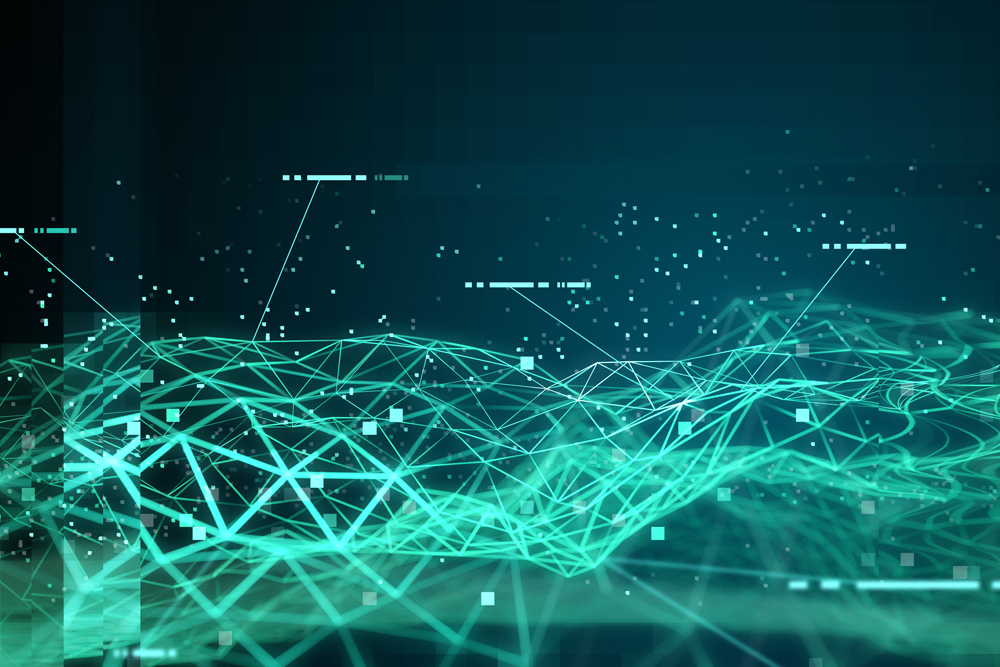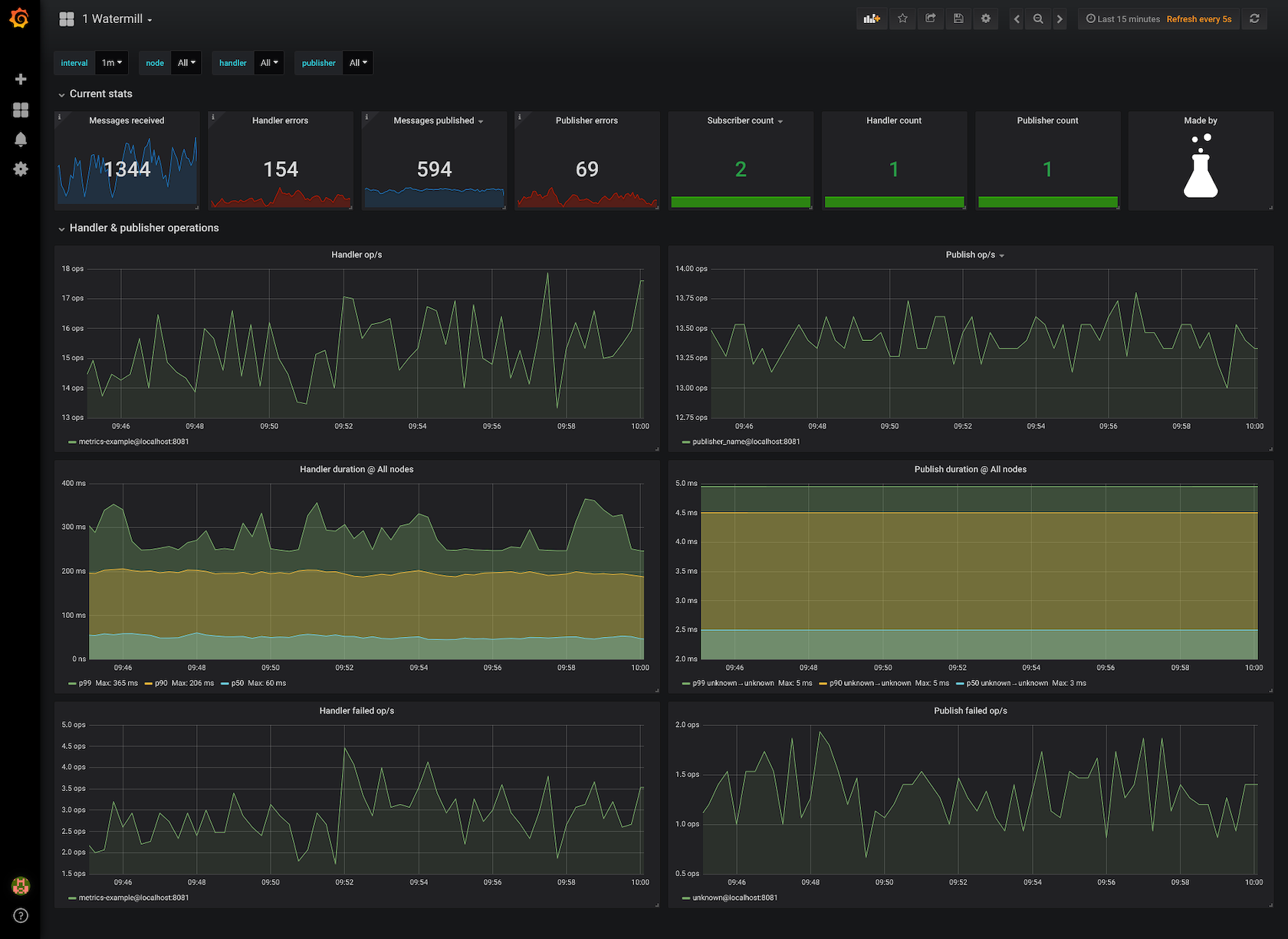

Communicating the Visualization: Share the visualization with stakeholders and communicate the insights extracted from the data.Interpreting the Visualization: Interpret the visualization and extract insights from the data.
 Customizing the Visualization: Customize the visualization to best represent the data and tell the desired story. Creating the Visualization: Use a data visualization tool to create the visualization. Choosing the Right Visualization: Choose the correct type of visualization that best represents the data you want to visualize. Preparation and Planning: Before creating a visualization, it's essential to plan and prepare the data to ensure it's ready to be visualized. The process of data visualization can be broken down into several steps, including: Research and Academic Settings: Data visualization is also used in research and academic settings, allowing researchers to present and analyze data effectively. Data Science and Analytics: Data visualization is an essential tool for data scientists and analysts, allowing them to analyze and present complex data sets. Marketing and Sales: Data visualization can help marketers and sales teams understand customer behavior and preferences, leading to more effective marketing and sales strategies.
Customizing the Visualization: Customize the visualization to best represent the data and tell the desired story. Creating the Visualization: Use a data visualization tool to create the visualization. Choosing the Right Visualization: Choose the correct type of visualization that best represents the data you want to visualize. Preparation and Planning: Before creating a visualization, it's essential to plan and prepare the data to ensure it's ready to be visualized. The process of data visualization can be broken down into several steps, including: Research and Academic Settings: Data visualization is also used in research and academic settings, allowing researchers to present and analyze data effectively. Data Science and Analytics: Data visualization is an essential tool for data scientists and analysts, allowing them to analyze and present complex data sets. Marketing and Sales: Data visualization can help marketers and sales teams understand customer behavior and preferences, leading to more effective marketing and sales strategies.  Business Intelligence: Data visualization can help businesses make data-driven decisions by presenting data in an easy-to-understand format. Increased engagement and understanding: Data visualization can help increase engagement and performance by presenting data in an easy-to-understand format.ĭata visualization is used in several industries and fields, including:. Improved communication of data: Data visualization can help communicate data effectively, engaging stakeholders and making data-driven decisions. Identifying trends and patterns: Visualizing data can help identify trends and patterns that might not be immediately apparent in raw data. Understanding large data sets: Visualizing data can make understanding and analyzing large data sets easier. Why is Data Visualization Important?ĭata visualization is important for several reasons, including: It can also be used to communicate data effectively, engage stakeholders, and make data-driven decisions. The purpose of data visualization is to help people understand and make sense of large data sets by highlighting patterns, trends, and relationships. There are several types of data visualization, including bar charts, line graphs, scatter plots, heat maps, and more. Data visualization is the process of converting complex data into visual representations that are easy to understand and interpret.
Business Intelligence: Data visualization can help businesses make data-driven decisions by presenting data in an easy-to-understand format. Increased engagement and understanding: Data visualization can help increase engagement and performance by presenting data in an easy-to-understand format.ĭata visualization is used in several industries and fields, including:. Improved communication of data: Data visualization can help communicate data effectively, engaging stakeholders and making data-driven decisions. Identifying trends and patterns: Visualizing data can help identify trends and patterns that might not be immediately apparent in raw data. Understanding large data sets: Visualizing data can make understanding and analyzing large data sets easier. Why is Data Visualization Important?ĭata visualization is important for several reasons, including: It can also be used to communicate data effectively, engage stakeholders, and make data-driven decisions. The purpose of data visualization is to help people understand and make sense of large data sets by highlighting patterns, trends, and relationships. There are several types of data visualization, including bar charts, line graphs, scatter plots, heat maps, and more. Data visualization is the process of converting complex data into visual representations that are easy to understand and interpret.










